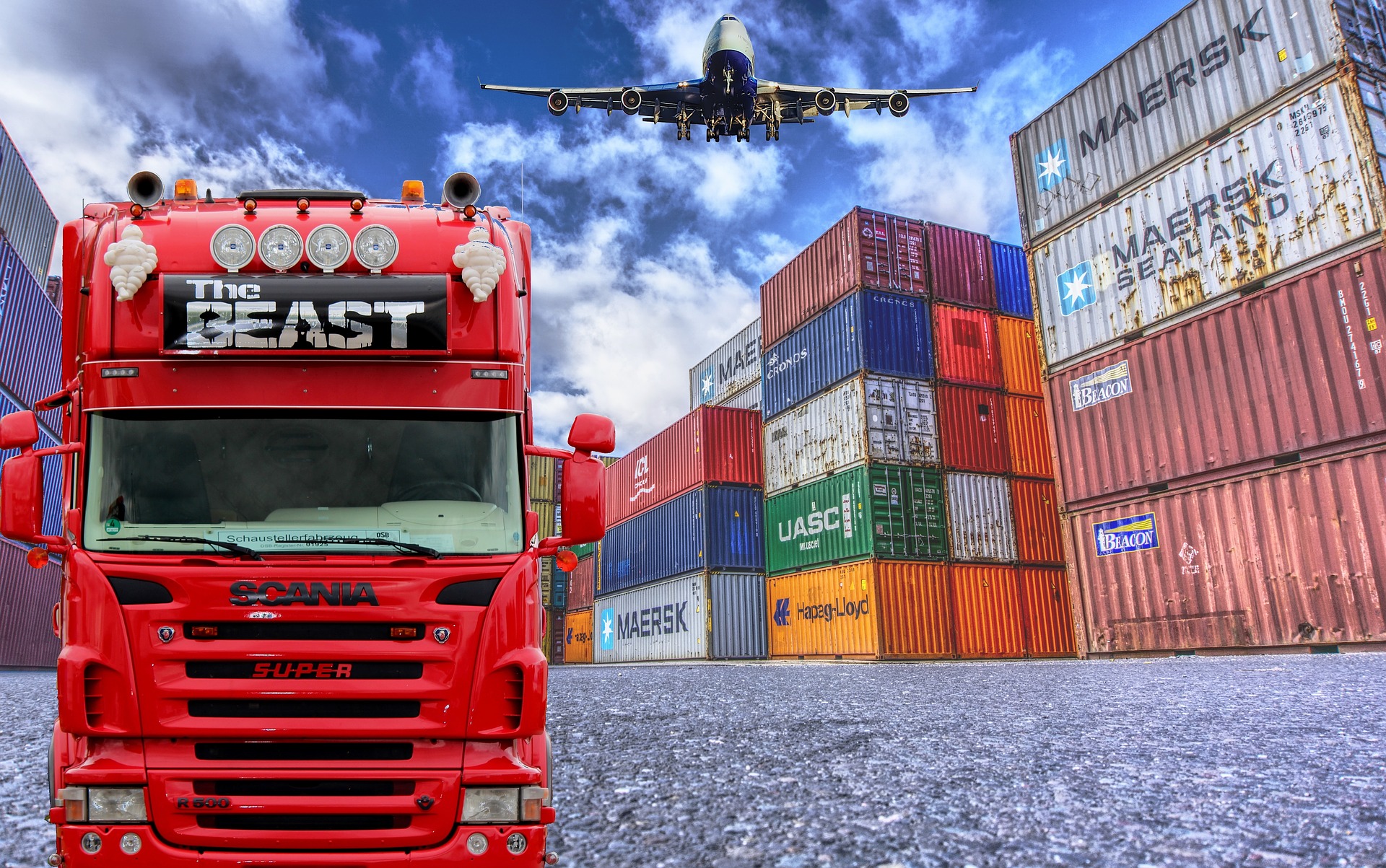After two decades of offshoring manufacturing jobs to low-cost countries thousands of miles away, many organizations in the developed parts of the world are beginning to reconsider that strategy. Even before the U.S. tariffs on Chinese imports and the COVID-19 pandemic, organizations had begun exploring opportunities to return manufacturing operations closer to home – a practice known as “nearshoring.”
The coronavirus delivered a stinging wake up call to companies with far-flung suppliers as shuttered factories throughout Asia caused supply chains that were largely considered dependable prior to the pandemic suddenly collapsed. Organizations that had established the bulk of their manufacturing processes halfway around the world quickly realized that they lacked control over their products and critical components during times of disruption such as this.
The recent events certainly have increased the interest of organizations to bring more of their manufacturing and supply chains to nearby locales. Under a hypothetical risk-reduction scenario, a U.S.-based manufacturer that normally sources 80% of its components from Asia, may very well decide that it should have no more than 50% of its components shipped from overseas and fill their remaining needs using a more regional strategy leveraging the U.S., Canada, or Mexico. Not only would that improve control over key operations in times of crisis but it would also reduce cycle times to days, versus weeks.
Twenty years ago, companies offshored labor-intensive production primarily to take advantage of a non-unionized, low-cost workforce. Today, automation advances in manufacturing and supply chain operations have negated some of those benefits. Additionally, while China has greatly profited from offshoring, its leaders today are focused on moving the country’s labor force and economy beyond labor-intensive, low-tech production and into high-tech manufacturing, with a corresponding increase in labor costs.
Picking up and moving manufacturing capabilities and transitioning supply chains to a new location, however, is not a simple task. It is a time-consuming, difficult and complex challenge, particularly for organizations that have been sourcing parts reliably from overseas for decades and whose sourcing processes are so embedded in their product they might as well be carved in stone. Nevertheless, here are the steps to take when considering a nearshoring move:
- Evaluation – As a first step, organizations need to examine their businesses to decide whether nearshoring makes more sense than offshoring given recent events and changing economic goals within low-cost labor markets. This review would include an analysis of the organization’s bill of materials (BOM) to determine the true origin of the components that make each product, identify alternate sources of supply and assess any tooling needs. Organizations should also evaluate the extent to which processes are proprietary to specific overseas vendors, which could make it more difficult or more expensive to move.
- Risk – Organizations need to continually update their risk models and assess their risk tolerance. What new vulnerabilities have been exposed or haven’t been considered in the past? What risks do the nearshoring alternatives present or mitigate, and how do they stack up against the status quo? What solutions are available to enhance third-party management, supply chain oversight, strategic sourcing or information technology data to manage risks involved with carrying out such a strategy?
- Qualification – Organizations that find new sources of supply and production need to ensure that these potential partners can meet specifications. Due diligence should include a review of the entity’s financial position, its track record on delivering quality and results, past and current litigation, and whether its labor is prone to stoppages, among other points of investigation.
It’s also important to determine whether the third party under consideration has the equipment, processes and capacity to accommodate existing tooling. A retooling process could take a year or more and should be a consideration in any nearshoring planning effort.
- Planning – Companies need to envision and create robust transitioning scenarios, especially as they relate to ensuring that the new manufacturing and supply chain operations produce goods that satisfy customers, particularly during the transition period itself. Typically, that will require organizations to continue operating existing facilities until they are certain that the new operations are 100% capable of producing and delivering goods of commensurate or higher quality.
A common mistake is overlooking how dramatically a change to one piece of the puzzle can affect the entire picture. Incorporating a slightly altered screen onto a smart phone or tablet, for example, may influence software operation, heat transfer or other performance measures that could require changes to other parts and assembly procedures downstream.
- Distribution – The relocation of manufacturing and supply chain operations to more proximate locations will almost certainly require a redesign of distribution networks. For instance, organizations that replace an Asian production unit with one in Mexico may want to close or scale back warehousing and logistics capacity near West Coast ports and emphasize a greater concentration of facilities along internal U.S. trade corridors.
The bottom line is that organizations pursuing nearshoring strategies are in for months of challenging, complicated work. And the longer the BOM and the greater the complexity of manufacturing processes, the greater the challenge is likely to be.
Ultimately, a successful nearshoring effort depends on how sound the technology and analytical processes are in order to provide reliable and insightful data on which organizations can act. Companies with a deep, sophisticated roster of solutions and expertise will be in the best position to effect a smooth nearshoring transition and fully reap the benefits of that strategy down the road.






